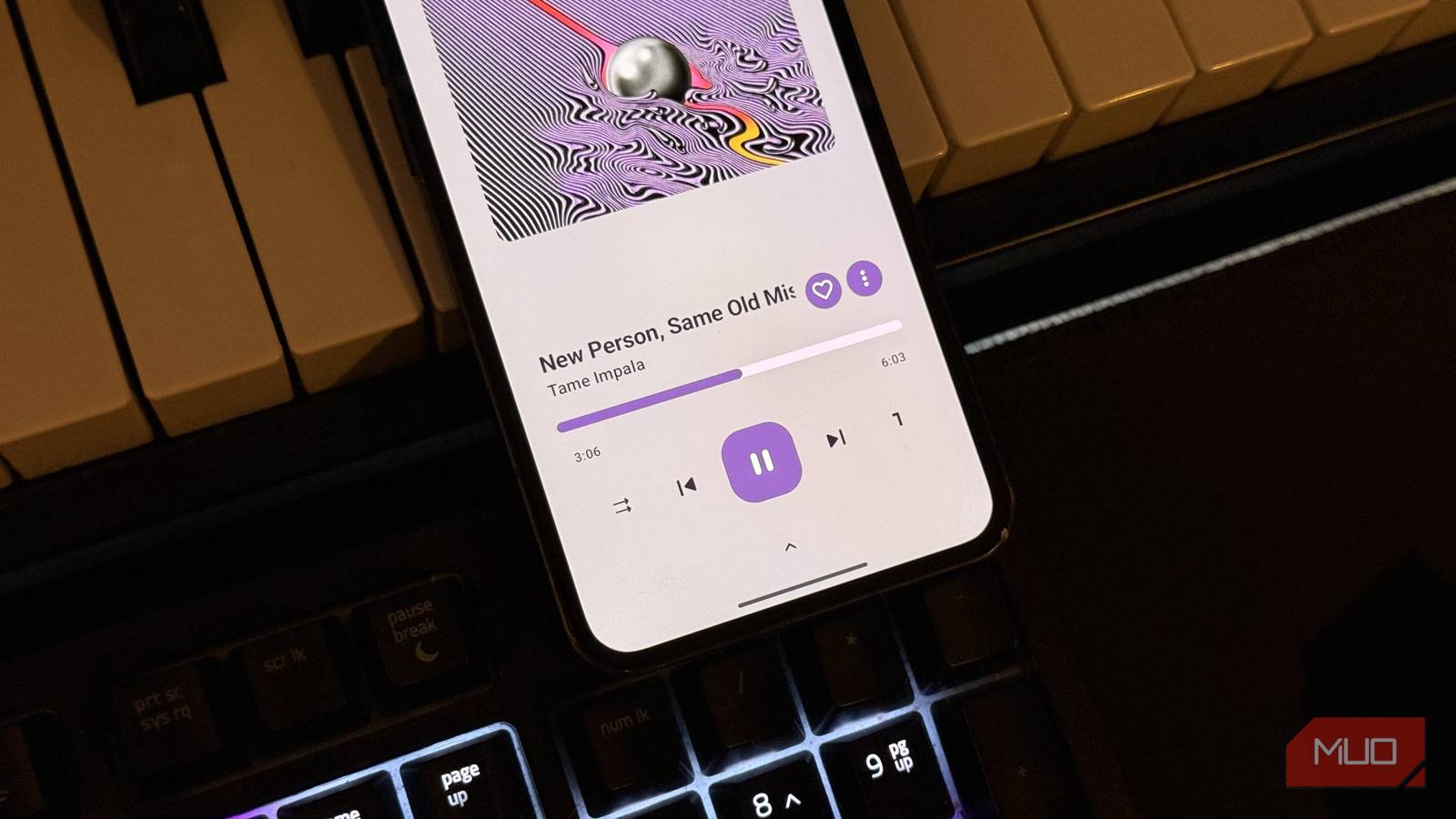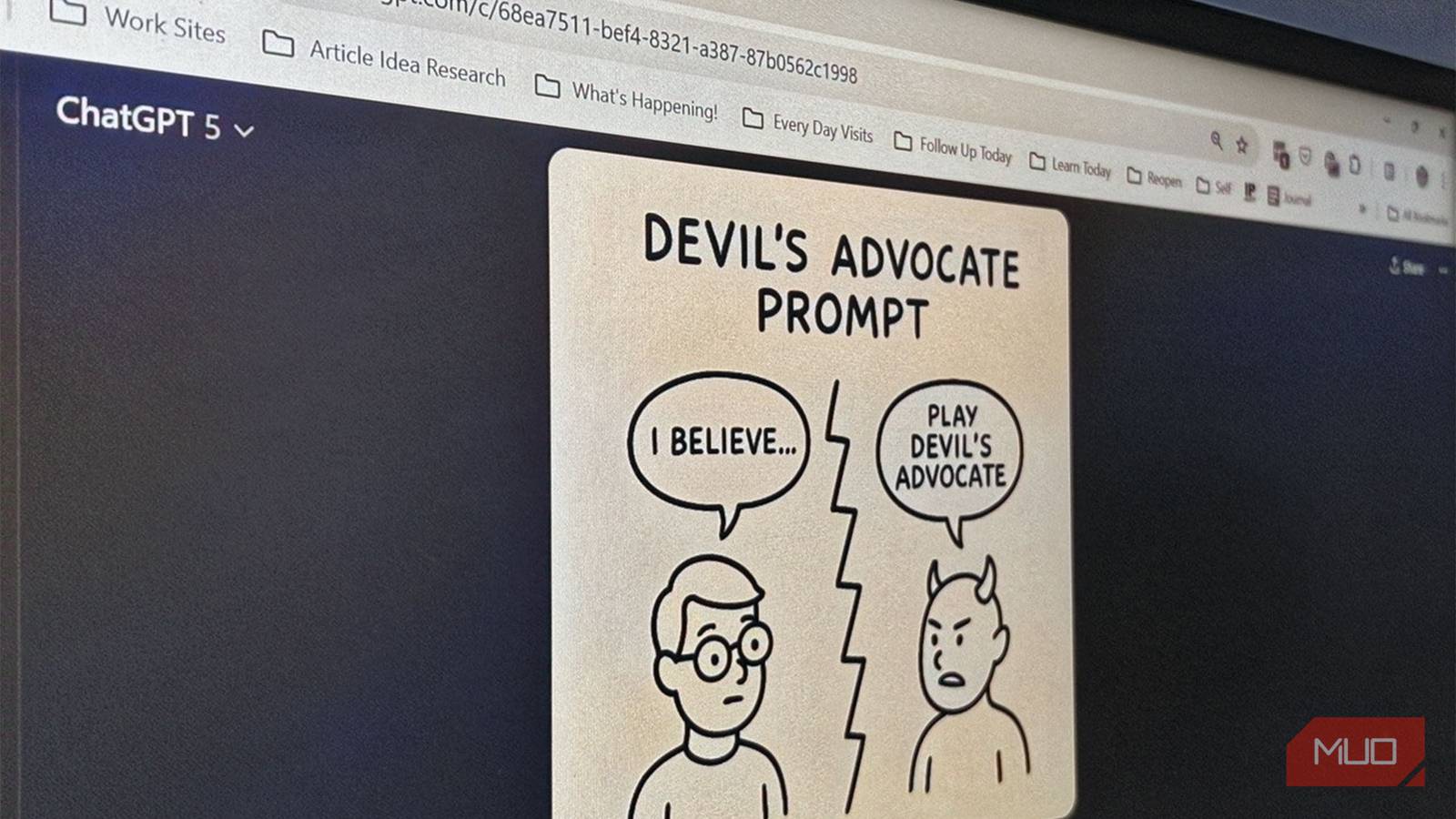Authors:
(1) Beatrice Alex, Literatures, Languages and Cultures, University of Edinburgh, Edinburgh, Scotland (UK [email protected]);
(2) Clare Llewellyn, Social and Political Science, University of Edinburgh, Edinburgh, Scotland, UK ([email protected])
(3) Pawel Michal Orzechowski, University of Edinburgh Business School, University of Edinburgh Scotland, UK ([email protected]);
(4) Pawel Michal Orzechowski, University of Edinburgh Business School, University of Edinburgh Scotland, UK ([email protected]).
Table of Links
Abstract and 1 Introduction
2 Related Work
3 A Virtual Learning Experience
3.1 The Team and 3.2 Course Overview
3.3 Pilot 1
3.4 Pilot 2
4 Feedback
4.1 Relentless Feedback
4.2 Detailed Student Feedback
5 Lessons Learned
6 Summary and Future Work, Acknowledgements, and References
A. Appendix: Three Stars and a Wish
Abstract
In this paper we provide an account of how we ported a text and data mining course online in summer 2020 as a result of the COVID19 pandemic and how we improved it in a second pilot run. We describe the course, how we adapted it over the two pilot runs and what teaching techniques we used to improve students’ learning and community building online. We also provide information on the relentless feedback collected during the course which helped us to adapt our teaching from one session to the next and one pilot to the next. We discuss the lessons learned and promote the use of innovative teaching techniques applied to the digital such as digital badges and pair programming in break-out rooms for teaching Natural Language Processing courses to beginners and students with different backgrounds.
1 Introduction
It was spring 2020 and it felt like we were in crisis mode. We wanted to teach a text and data mining (TDM) pilot course but because of social distancing measures we could not do it in a physical classroom. We had to learn new ways of interacting online and using a multitude of different technologies and we needed to do it fast. We had been planning this course for a while before Covid-19 hit. We were designing a TDM for Humanities and Social Science students but because of the situation we had to adapt the way we delivered it. Rather than hybrid teaching as intended, accommodating in-classroom, online synchronous and online asynchronous students, we had to fully commit to online methods in a matter of a few weeks. We decided to plunge headlong into the digital teaching world.
The easiest way would have been to post videos of a traditional style lectures – it is very tempting to take this approach. We felt, however, that it was important that we maintained what is good about teaching when everyone is in the same room, the collaboration, its social aspects, the feedback, all of which you lose when a student sits on their own in a room watching a pre-recorded lecture.
We decided to run a TDM boot camp to virtually test our new course which we were planning as part of the Edinburgh Futures Institute (EFI) postgraduate programme.[1] We wanted to not only teach fundamental methods for text mining corpora to programming novices but also teach ourselves how to become better practitioners in teaching in an online world.
In this paper, we will describe our methods and experience for porting an in-person TDM course into the online world. In the next section we will present related publications on teaching Natural Language Processing or TDM courses. We then describe the academic backgrounds of the teaching team (Section 3.1) and provide an overview of our course (Section 3.2). Sections 3.3 and 3.4 explain how we taught and adapted it in two online pilot runs delivered in June and September 2020. We provide information on how we collected relentless feedback during and after each course and include a detailed account of one participant of the first pilot and how it has affected her teaching (Section 4). Finally, we summarise what we learned from these experiences (Section 5) and lay out future plans for our TDM course (Section 6).
There are two aspects that we consider of importance in relation to this work, the course content, Natural Language Processing (NLP), and the environment, teaching online during a pandemic. In this section we explore both topics.
NLP educators choose which aspects to teach based on multiple constraints such as class length, student experience, recent advancements, program focus, and even personal interest.
Our TDM course is fundamentally designed to be cross-disciplinary as we are teaching NLP and coding to students from multiple schools and backgrounds including linguistics, social sciences and business. Jurgens and Li (2018) point out that NLP courses are designed to reflect, amongst other things, the background and experience of the students. Agarwal (2013) explains that in courses such as these the majority of students, who he calls “newbies in Computer Science”, have never programmed before. He highlights that we can increase experience through homework tasks which we did both before the course and in-between each session. Hearst (2005) states that in these circumstances it is not important to place too much emphasis on the theoretical underpinnings of NLP but to focus on providing instructions for students on what is possible and how they can use it on their own in the future. We based our approach on using the NLTK[2] and spaCy[3] Python libraries as well as used examples inspired by Bird et al. (2009, 2005). We aim to explain how text analysis works step-bystep using clear and simple examples. We thereby aspire to develop and broaden humanities and social science students’ data-driven training and give them an understanding of how things work inside the box, something for which there is still a significant need in their core disciplines (McGillivray et al., 2020).
Teaching text analysis to non-computer scientists has been explored in texts such as Hovy (2020). For our course we had to consider the variety of backgrounds and experiences that this would encompass and needed to use a pre-course learning task and office hours to provide a more level knowledge starting point. We also had to design the course to keep more advanced students engaged while not intimidating learners who may find it more challenging. We used core material to explain principle concepts (such as tokens, tokenisation, and partof-speech (POS) tagging etc.) but with a hands-on approach. We avoided too much technical detail and put the material in the context of projects we have worked on ourselves to demonstrate how each analysis step becomes useful in practice.
As we taught our TDM course online in the context of a worldwide pandemic, we also report on related work in the area of online teaching, and with respect to the challenges in which we are teaching. Massive open online courses (MOOC) generally focus on providing online access to learning resources to a large number and wide range of participants. This has led to a desire to automate teaching and innovate digital interaction techniques in order to engage with large numbers of students. Whilst our intention was to teach a limited number of students, we hoped to use and draw upon innovation in this area in order to improve the experience for our students. E-learning and technology should not be seen as an attempt to replace or automate human teaching, although this can often be a fear articulated by teachers. In a discussion of automation within teaching Bayne (2015) argues that we can design online teaching and still place human communication at the centre with technology enhancing the learning of the student. Bayne suggests that the human teacher, the student and the technology can be intertwined. We asked students to engage with digital objects and the technology to enhance their learning journey. As teachers we do not merely support the digital learner but we remain at the centre of teaching the course.
Fawns et al. (2019) point out that online learning is a key growth area in higher education, which is even more true since the pandemic started, but that it is harder to form relationships in online courses. Therefore, we saw it as important to develop online dialogue between students in order to form communities which can improve these relationships. Building a community online can be harder but it is possible. We tried to achieve this through using a combination of traditional learning such as lectures and task-based learning such as pair programming exercises. Online learning tends to be interrupted as we are in our homes or elsewhere and have responsibilities that can take us away from the online space, bandwidth issues, dropping children at school, flatmates interrupting, phone calls, even the door bell ringing. Our teaching practices needed to be accepting of and adapted to this context.
Ross et al. (2013) discuss the issues of presence and distance in online learning. Interruptions in students’ concentration are a common event when learning online and we must use resilience strategies to maintain a ‘nearness’ to our students. This includes recognising that these events are normal and that engaging is an effort, identifying affinities and creating a socialness, valuing that distraction can change our perspective and this is helpful and designing openings, events that allow and encourage student to come together and engage. Whilst designing the course we kept these ideas in focus in order to allow us to develop and enhance our online relationships and our students’ learning.
[1] EFI is a new institute at the University of Edinburgh which will support interdisciplinary research and teaching for the whole institution. https://efi.ed.ac.uk
[2] https://www.nltk.org
[3] https://spacy.io










